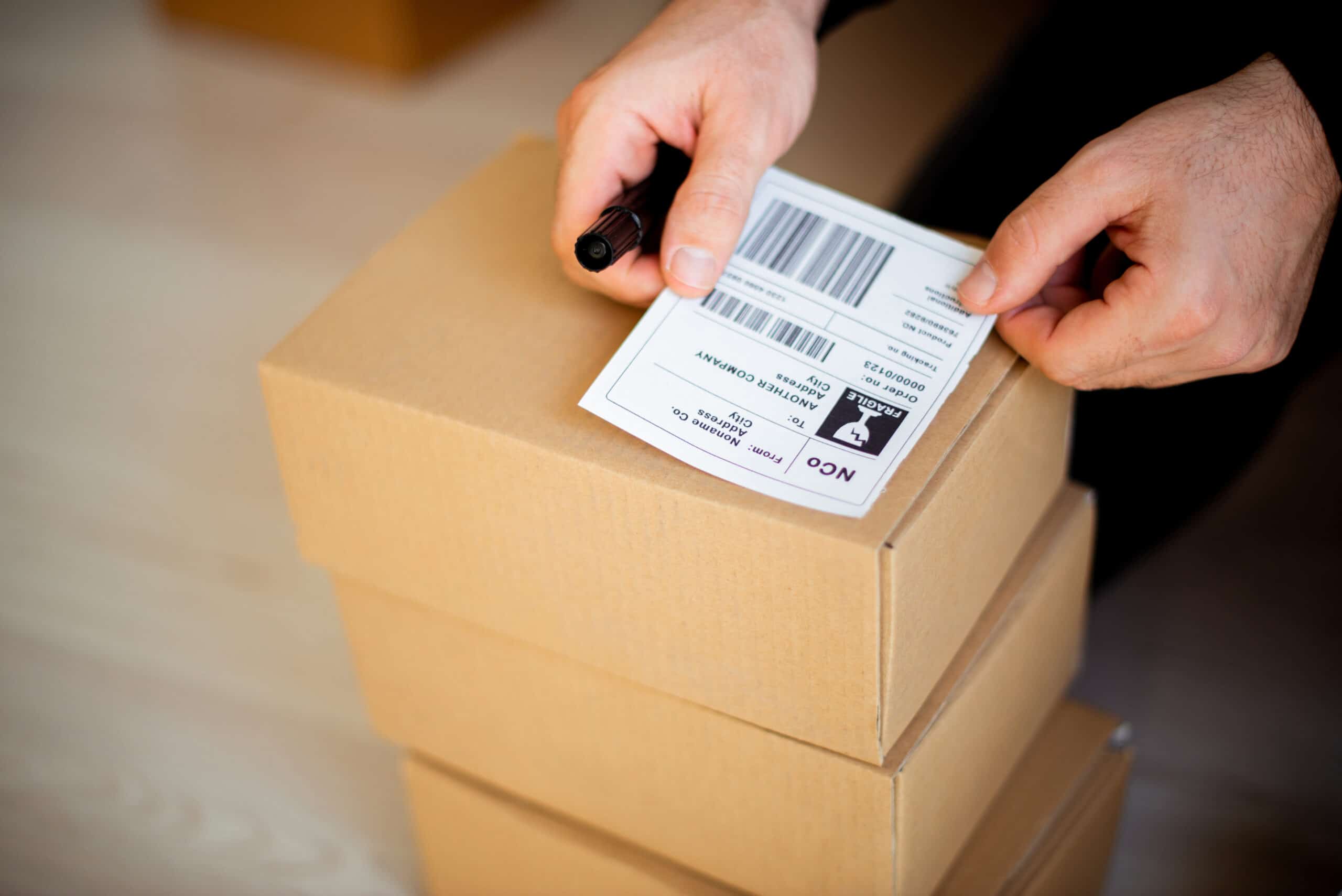In the growing e-commerce industry, efficient shipping makes all the difference in customer satisfaction and business success. As small as it may sound, the shipping label is a crucial part of the shipping process.
Shipping labels carry the information that helps to ship different packages to a delivery location. But how much do you know about sheet labels and their impact on making shipping labels?
This comprehensive guide will explore sheet labels and how they can revolutionise shipping operations. We’ll cover everything from understanding the basics to exploring advanced techniques.
The Basics of Sheet Labels
Let’s first get familiar with sheet labels and their benefits in enhancing the shipping process. An appropriate sheet label will eventually boost sales and loyalty for years.
What are Sheet Labels?
Sheet labels are pre-cut adhesive labels that come in A4-size paper sheets. You have to take out each of the printed or plain labels and paste them on your package to use them effectively.
Common uses:
- Shipping labels
- Address labels,
- QR codes and Barcodes,
- Product labels, and
- Product packaging labels
Advantages of Sheet Labels
Below are some benefits of sheet labels to help you understand how they differ from the other labels available.
❖ Convenience:
Sheet labels are self-adhesive and easy to load on large industrial printers, allowing quick printing and application.
❖ Versatility:
Various sizes and shapes of sheet labels make them perfect to use as custom-printed blank labels. Especially when the concern is product labelling, and packaging, and involves wide use in shipping labels.
❖ Cost-Effective:
Sheet labels are often more cost-friendly than other label options, making them an economical choice for businesses of all sizes.
Since these are produced in large volumes, you will only pay a fixed price for each label. In addition, the standard sizes of sheet labels also help to load them on all printers. With that feature, you can avoid any additional spending on specialised devices.
Importance of Shipping Labels
The term shipping labels itself means labels used in shipping. They contain information that helps a courier company deliver the package to their customers.
Shipping labels utilise sheet labels for various labelling needs as follows:
- Sender’s address, including name, country, postal code, and contact information.
- Receiver’s address, including name, address, country, postal code, and contact numbers.
- QR code for easier scanning to record the parcel entry or exit status from the carrier facility.
- Barcode for getting all the product prices, tracking them and measuring their accuracy online.
- Tracking number to identify and track the package
- Shipping method to state how the package has been sent over to the location.
The Role of Shipping Labels
❖ Presents accurate information:
Using shipping labels reduces the possibility of stolen products or reaching the wrong address. The correct information on these labels also creates scope for smooth and timely deliveries.
❖ Impact on Customer Experience:
A well-designed and legible shipping label shows a positive impression of the brand value. Creating a brand reputation also improves the customer experience with a brand.
❖ Efficient sorting:
Barcodes and tracking numbers on each label enable efficient sorting of packages in different distribution centres. With such practice, you can always follow your products no matter where they are in the country.
Choosing the Right Sheet Labels for Shipping
Label Materials
❖ Paper Labels:
You can choose paper labels, ideally for general shipping. But these cannot be sustained in surroundings involving chemicals, strong odours, or excess humid conditions.
❖ Polyester Labels:
Labels that contain polyester material are durable and weather-resistant. Polyester will suit various shipping conditions in e-commerce industries, warehousing, logistic centres, and manufacturing plants.
Label Sizes and Shapes
Consider the size and shape of the items you ship and choose labels that accommodate different package sizes.
Compatibility with Printers
Ensure that the sheet labels you choose are suitable for the printer. This will ensure that clean and neat labels are printed without the extra costs.
How to Design Effective Shipping Labels
● Easy-to-read fonts
Consider using clean and readable font sizes and styles for each text. Contain legible fonts for sender and receiver addresses.
● Follow standard format
Place the sender’s address at the top of the label and the receiver’s location in the middle. Write any special handling instructions in the same line as with the address.
● Add Branding elements:
Use well-designed logos, taglines or colour options for each label to give a professional touch to the label.
● Use the right size label.
Choose an appropriate size label for different package sizes. Ensure you don’t have to fold or cut the edges of the labels when you paste them. Opt for clearly visible labels for an effortless shipping process.
Takeaway
In conclusion, sheet labels are vital in optimising your shipping processes. From the basics of choosing the correct label to advanced techniques for optimisation, this guide has covered the key aspects to consider.
By incorporating sheet labels effectively into your shipping strategy, you can enhance customer satisfaction, improve efficiency, and ultimately contribute to the success of your business in the competitive world of e-commerce and retail.
If you liked the blog, share it with fellow readers and help us improve further.







